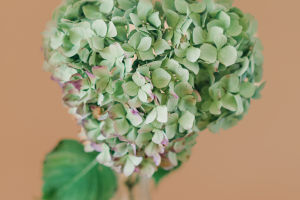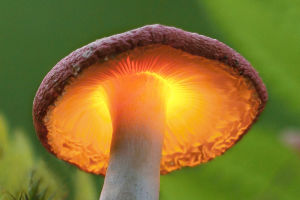Lilac is a common shrub plant belonging to the genus Lilac in the family Lignanaceae.
It is native to Southeast Europe and West Asia, but is now widely cultivated around the world and has become a popular ornamental plant.
Lilacs have conical inflorescences with lilac, pink or white flowers.
The flowers emit a special fragrance that is light, fresh, and intoxicating. Lilacs generally bloom in spring, but some varieties can bloom in summer or fall.
The lilac has long oval, dark green, glossy leaves.
It is a deciduous shrub, usually between 1 and 3 meters in height. Lilacs have a well-developed root system, are adaptable to a variety of soil and climatic conditions, and are relatively cold and drought tolerant.
Lilacs are a great ornamental plant to cultivate in gardens, flower beds, or parks, and can also be used as cut flowers. In landscape design, lilacs are often used as hedges or landscape accents.
Lilacs also have some medicinal value, as their buds and roots can be used in pharmaceuticals or to extract spices.
Lilac is a beautiful and mysterious plant, its light fragrance and beautiful appearance attract the attention and love of many people, and you can grow it at home.
Growing lilacs requires attention to the following points:
1. Choose a suitable location: Lilacs like a well-lit, well-ventilated environment with well-drained soil, so choose a sunny, well-drained place.
2. Prepare the soil: Lilacs like neutral or slightly acidic soil. You can add decomposed leaf soil or peat soil to the soil to adjust the soil pH. Also, make sure the soil is loose to facilitate root growth.
3. Sowing or transplanting: It can be propagated by seeds or by transplanting. In case of transplanting, generally choose 3-5 years old seedlings with a height of 30 cm or more for transplanting.
4. Watering and fertilizing: Lilacs need to be watered moderately during the growing season, but not excessively so as not to cause pests and diseases. At the same time, you should fertilize regularly, you can choose a fertilizer suitable for lilacs, once a year in spring and once a year in autumn.
5. Pruning and shaping: After the lilacs have flowered, they can be properly pruned and shaped to maintain the plant's form and health.
It is worth noting that lilacs are highly adaptable to the environment, but care should be taken to avoid some common pests and diseases, such as leaf blight and aphids, during the planting process.


